A SWOT analysis template is a strategic tool used by businesses to make informed decisions when it comes to strategies and action plans. With this tool, they can identify their strengths, weaknesses, opportunities, and threats. It helps them to map out their priorities, maximize opportunities, and reduce threats.
Table of Contents
What is a SWOT analysis?
A SWOT analysis is a valuable strategic technique that helps you analyze your business’s both external and internal factors. This analysis is performed by using the perspective; Strengths, Weaknesses, Opportunities, and Threats.
Strengths and weaknesses are internal factors such as intellectual property, marketing strategy, your employees, etc. Contrarily, opportunities and threats are external factors like the prices of raw materials, consumer trends, competition, etc. Moreover, conducting a SWOT analysis enables you to make unbiased assessments on the following;
- Your business or brand
- Market positioning
- A new project or initiative
- A specific campaign or channel
The components of a SWOT analysis:
Let us discuss the four components of a SWOT analysis;
Strengths
Strengths refer to benefits and internal abilities that give your business or organization a competitive edge. you can foster customer loyalty and develop a solid foundation for growth by determining and capitalizing on your strengths. Here are a few examples of strengths;
- A strong brand reputation
- Innovative products or services
- Exceptional customer service
Weaknesses
The sectors where you may face challenges or fall short of your potential are the weaknesses. When you acknowledge them, you can do the following;
- Build targeted initiatives for improvement
- Upskill your team
- Adopt new technologies
- Increase your overall operational efficiency
Opportunities
Opportunities are the factors that can contribute to your business’s progress such as technological advancements, emerging markets, changes in customer behaviors, etc. You can do the following by seizing these opportunities;
- Expand your market reach
- Diversify your product offerings
- Forge strategic partnerships
- Venture into untapped territories
Threats
Threats are the factors that are uncontrollable and pose challenges to your business. Here are a few examples of threats;
- Increased competition
- Economic volatility
- Evolving regulatory landscapes
- Changing market trends
When you evaluate and assess them proactively, you can establish contingency plans and reduce their impact on your operations.
When to conduct a SWOT analysis?
When you perform a SWOT analysis, you and your team determine the factors that may affect your business or organization. After performing a SWOT analysis, you can build a higher-level strategy and make informed decisions. However, you can conduct this analysis in the following situations;
- When you need to explore new product opportunities
- Decide on the best way to launch a product
- Identify what you can change in an existing business
- Release the potential of your business
- Use your strengths to establish opportunities
Depending on your business needs, a SWOT analysis should be done bi-annually or when you need to make a significant decision.
Swot Analysis Template Excel
Blank SWOT Analysis Template
Business SWOT Analysis Template
Company SWOT Analysis Template
Exercise SWOT Analysis Template
Free SWOT Analysis Description Template
Higher Education SWOT Analysis Strategic Planning
Personal SWOT Analysis Template
Retail Week SWOT Analysis Template
Strategic SWOT Analysis Template
SWOT Analysis Churches Template
SWOT Analysis Introduction Template
SWOT Analysis Excel Template
SWOT Analysis Template Word
What are the internal and external factors of a SWOT analysis?
Internal factors (within your organization)
Strengths and weaknesses are internal factors, they are completely within your organization’s control. You can modify, improve, or capitalize them. A few examples of strengths include efficient processes, a loyal customer base, a talented workforce, unique expertise, and more.
Some examples of Weaknesses are inadequate resources, inefficient processes, outdated technology, and more.
External factors (outside your organization)
Opportunities and threats are external factors, they aren’t under your organization’s control. They affect your operations, market position, and success. A few examples of opportunities include changing consumer trends, technological advancements, new gaps in the market that you can fill, and more. Some examples of Threats are economic downturns, changing regulations, intense competition, and more.
The benefits of performing a SWOT analysis:
Let us discuss the benefits of performing a SWOT analysis;
- When you perform a SWOT analysis, you need to evaluate your internal strengths and weaknesses. This way, you can better understand all aspects of the business or organization. In addition, you will become better informed when you ask the right questions.
- Your team can perform a SWOT analysis inexpensively as it doesn’t need external consultants.
- You will be able to prepare for various scenarios when you identify potential threats. Also, it enables you to develop risk mitigation strategies.
- You and your team will be able to determine opportunities to pursue and address the weaknesses with a thought-out SWOT Analysis. This, as a result, enables you to determine strategies that will ensure future success.
FAQ’s
Consider the following steps to write a SWOT analysis;
1- Download the SWOT analysis template online from any website.
2- In a table with four quadrants, arrange each section.
3- Identify your objective.
4- Identify your strengths.
5- Determine your weaknesses.
6- Consider your opportunities.
7- Evaluate your threats objectively.
These are as follows;
1- Brand Recognition
2- Innovative products
3- Ease of use

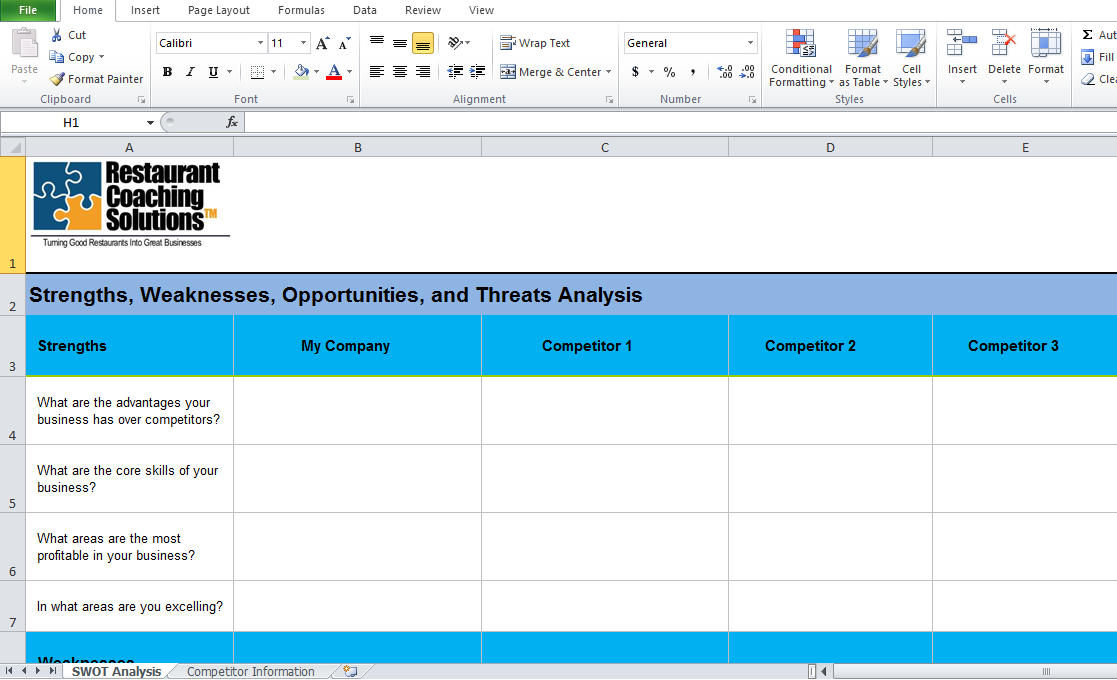
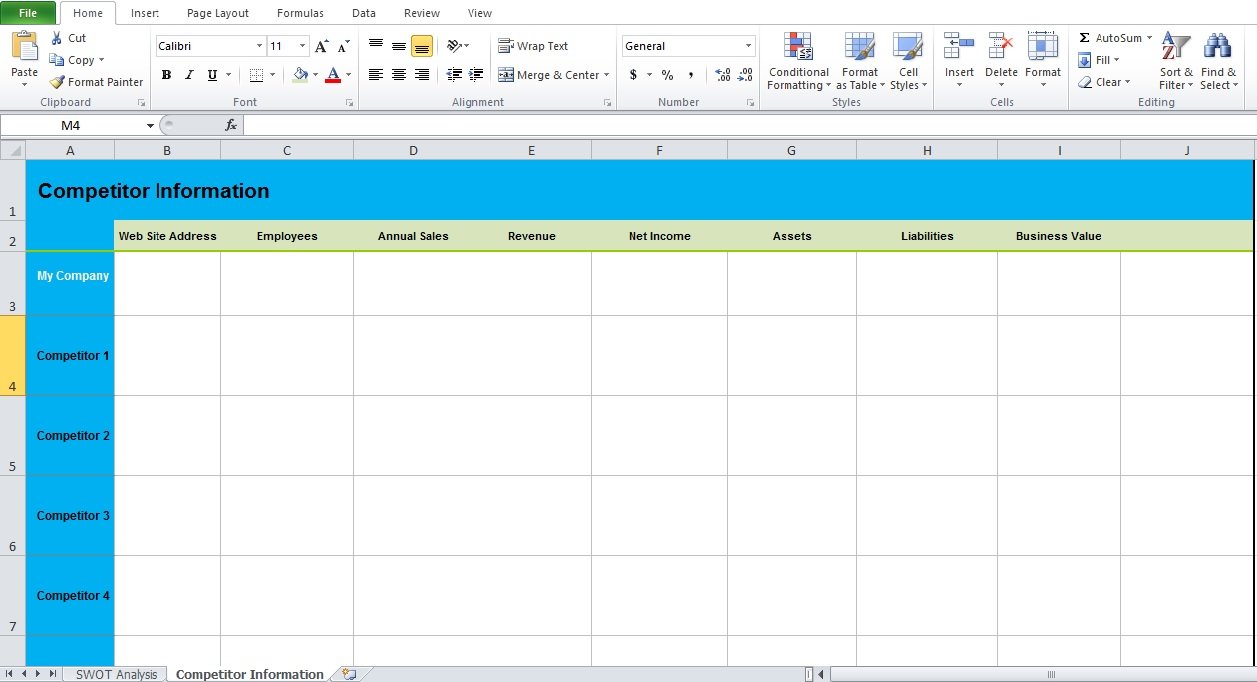
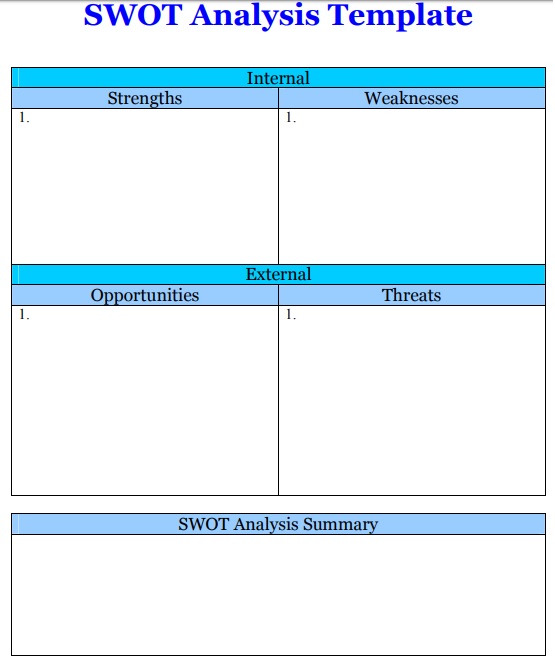
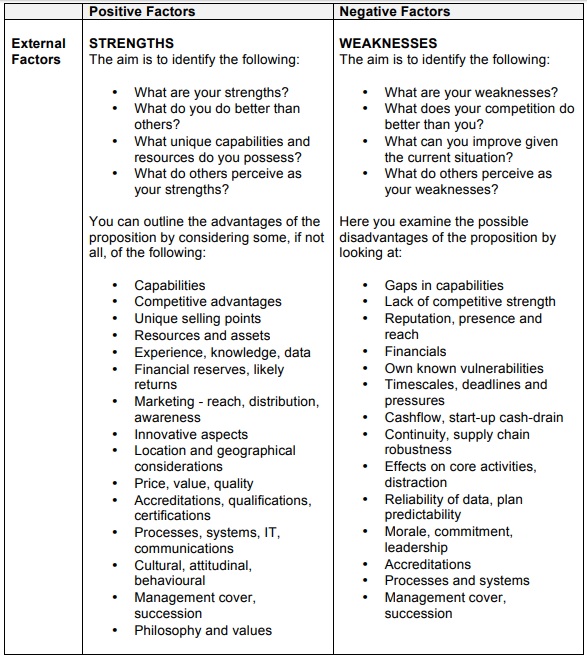


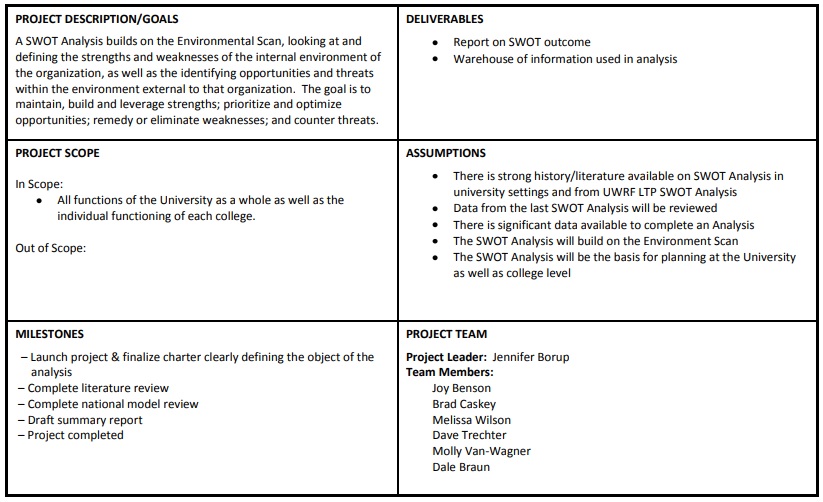
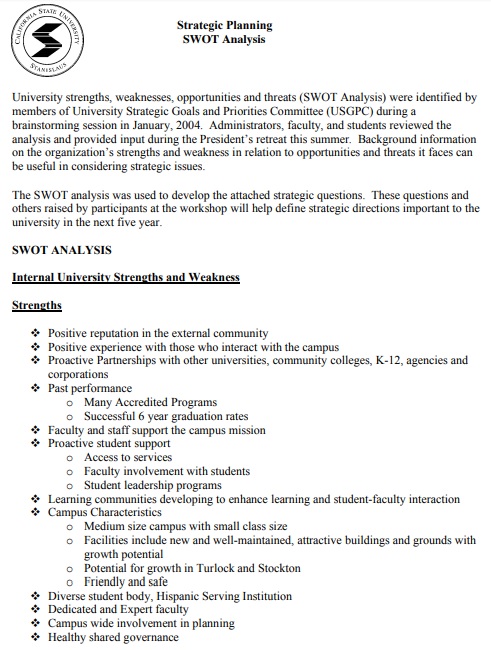
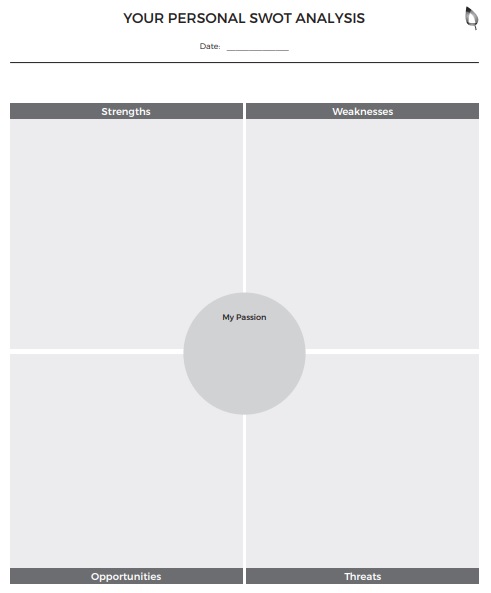



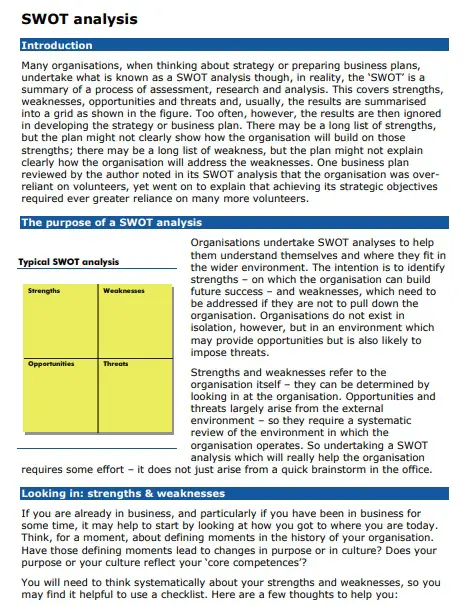
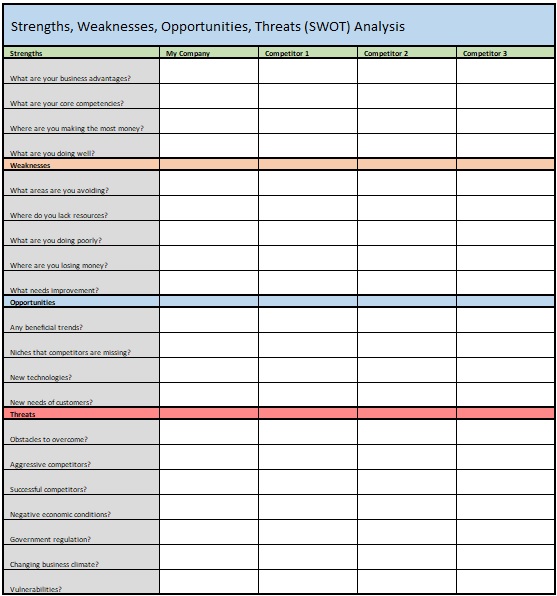
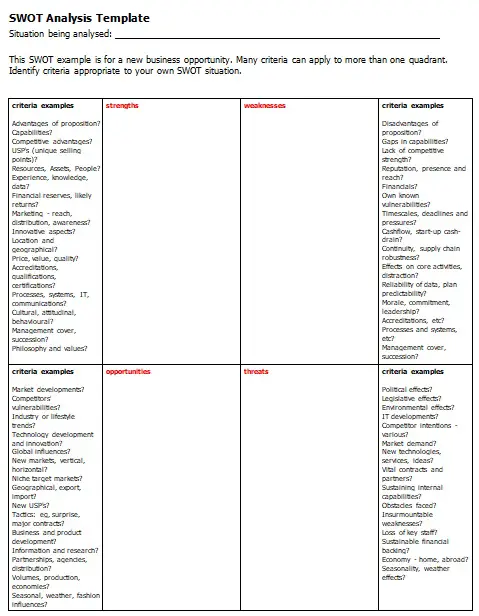
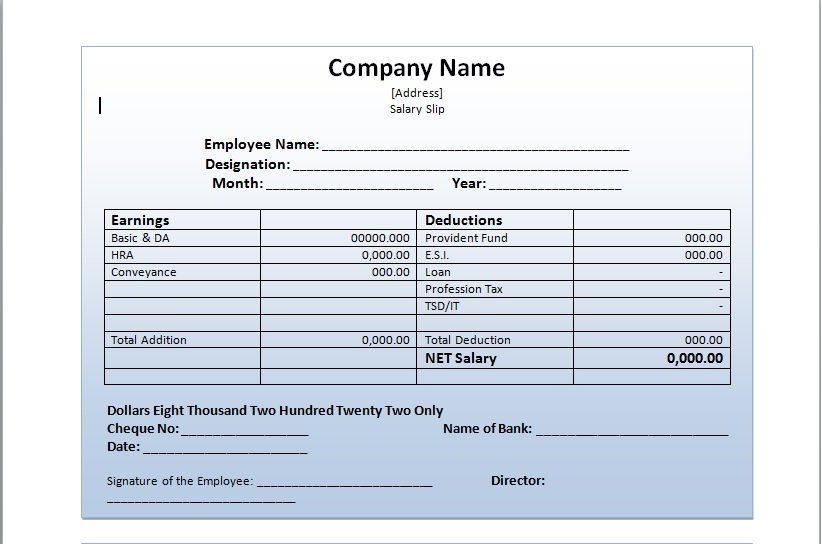
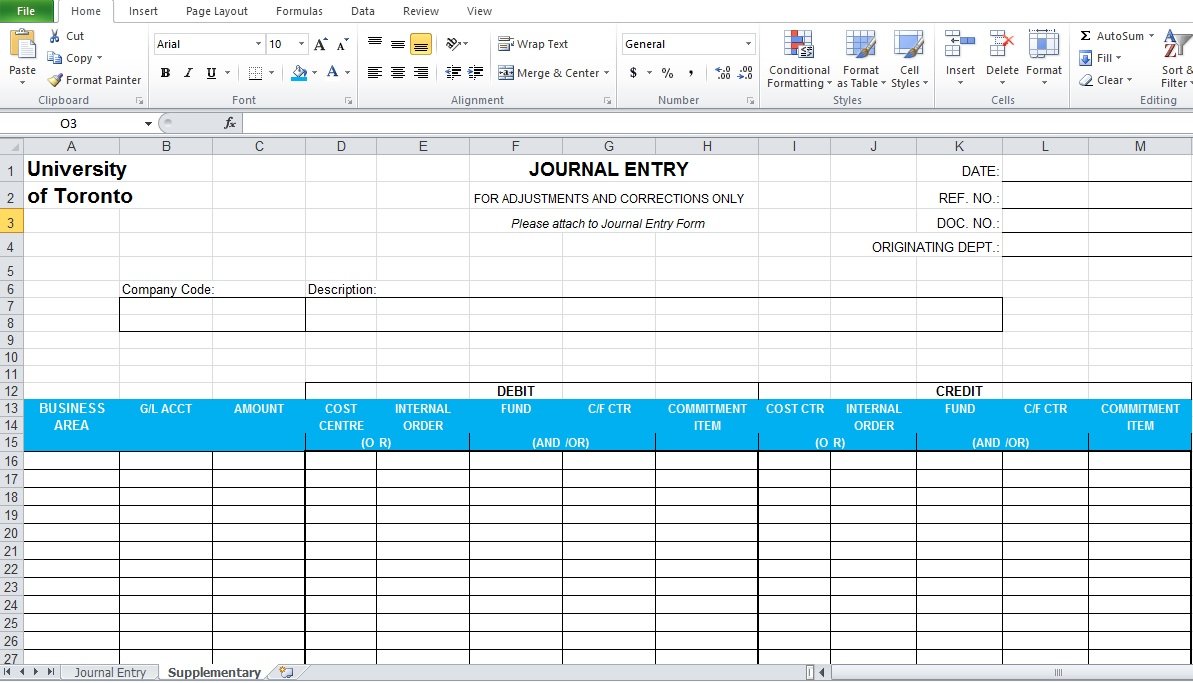
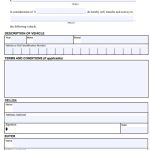

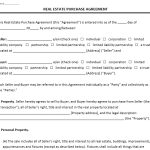
![Free Printable Certificate of Recognition Template [Word]](https://exceltmp.com/wp-content/uploads/2021/04/certificate-of-recognition-template-word-150x150.jpg)